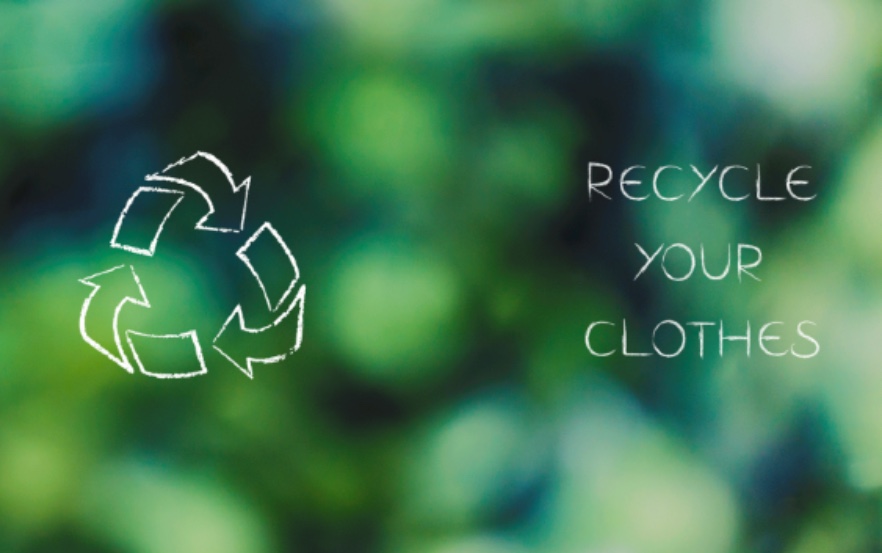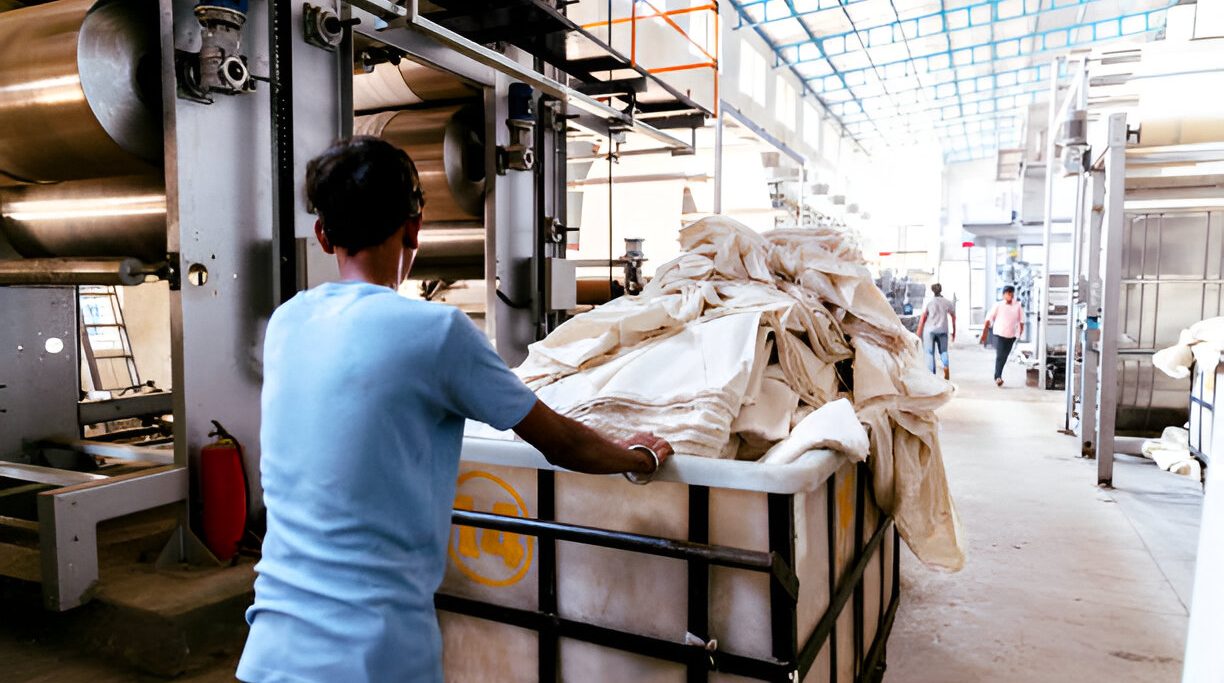The minute we start talking about “Sustainable Fashion”, readers are either disinterested right away or fear the lack of understanding that they have in the subject. The term is so extensively used these days that there is the added difficulty of differentiating the original eco-conscious brands from the faux ones. And the few who are willing to give it a shot are burdened with some two hundred odd questions from “Am I doing this right?” to “Do I really have to compromise on luxurious fashion and trends to be more eco-conscious?”.
We understand that it’s daunting to have to question and change your fashion ways suddenly. Especially when it comes with the added negative assumption of limiting your choices in terms of trends and the need to spend a little more money as opposed to quick fashion. But come to think of it, it really isn’t that tedious. It’s like that thing they tell about cakes. You can make a three ingredient mug cake or a fifteen ingredient triple layer chocolate cake but at the end of the day it’s all about you having baked a cake. We might have gone a little overboard with the food reference here but what we are trying to imply is that it is the thought that matters and we are willing to provide you with the simplest recipe to get there.
The key to perfecting this recipe is to understand what we as consumers have been doing wrong for so long. It’s necessary to understand where to start this journey and where to shop. And all of this trickles down to doing some research. Check the labels of your clothing for manufacturing processes and research on where to buy ethical clothing. It is necessary to support manufacturers that put in an extra effort towards making sustainable clothing to further encourage the trend. Now this decision to make more eco-conscious choices can even be made while picking fabrics by choosing organically grown ones like cotton and hemp which are better for the environment.
While buying clothes check how far they’d be useful to you. This is the golden rule of sustainable fashion – Quality over Quantity. Although these clothes can be a little more expensive, they are likely to have a much higher shelf life thus increasing the number of times you can use the same piece of clothing. Look at it as spending as much money one one piece of clothing for an invested period of time as opposed to spending it on several pieces on a much shorter time basis. In 2016, Livia Firth floated the 30 wears campaign where inorder to promote mindful clothing she suggested that we ask ourselves a simple question everytime we buy a cloth – “Will I wear this at least 30 times?”. Anything below that isn’t worth both your and our environment’s time.
The next obvious step in this procedure is to shop less. We know how tempting it can get to buy that one trendy top on offer because it was suggested as the OOTD by your favourite influencer. But do you really really need it? Maybe instead you can invest that money on a piece of that triple layer chocolate cake and make yourself and the environment a little more happy. But if you really had to shop, try shopping local.This way you can also encourage local weaves and artisans as much and help support the traditional clothing industry.
Another way of maximizing utilization is to pick clothes that are trans seasonal so that their usage isn’t limited to a certain period of the year. The idea is to be conscious in every way possible so as to benefit sustainable fashion. Although hard to believe, most of the energy used in the life cycle of cotton happens post-purchase during the stages of washing and drying. So use your clothes to the best utility before putting them to wash and try sun drying them as much as possible. The process of moving to a sustainable lifestyle doesn’t just end at purchase. It is up to us to handle these clothes with care to increase their life cycle.
Now comes the most interesting step of the recipe. Buying Second hand clothes! Not just because vintage is in trend right now but also because nothing supports sustainability like pre-loved clothes. And isn’t it exciting to own and utilise clothes that have a history without even knowing what that could’ve been? That’s sure to keep your mind occupied while killing it in your daily look. Flip the coin and you are contributing to an even more sustainable fashion choice. Yes, we are talking about donating unwanted clothes for a good cause. Try giving away that old unused dress that has been hiding in your closet for years now and you’d have helped another person get some comfortable clothing and be more sustainable by investing on your old piece as opposed to a new one. Like Emma Watson rightly said “”Every new item of clothing made has a substantial carbon footprint attached to its manufacturing, but the amount of new energy needed to produce vintage clothing is zero,”
Being Eco conscious doesn’t necessarily mean buying clothing that is oversized, dull looking and ugly. These images of a colourless and drab wardrobe might have kept you away from sustainable fashion for a long time now but not anymore. We at Cotton Monk have always followed and believed that Sustainable fashion is beautiful. You can look absolutely stunning while contributing to a better world. With more brands and manufacturers moving towards making environmentally friendly choices, it’s no more a compromise. Who knows? This three minute recipe might just give you the meal of your life!



